Health and Healthcare
6 Diseases Far Worse Than COVID-19 You Should Be Concerned About

Published:

COVID-19 was a serious pandemic, but not the first time the world has faced disease.
Before vaccines, conditions like polio, pertussis, and measles ran unchecked through the world.
Many diseases are easily treated, but individuals in remote areas don’t have access to the right materials.
Retiring early is possible, and may be easier than you think. Click here now to see if you’re ahead, or behind. (Sponsor)
COVID-19 made its debut in December 2019 and has since caused the deaths of more than 7.1 million people, according to the World Health Organization. While pharmaceutical companies rushed to find a vaccine and countries across the globe implemented safety precautions, the virus continues to spread today. Global vaccination campaigns and vaccine booster shots are intended to control the spread of COVID-19, the virus has mutated into four different variants. This makes it almost impossible to eradicate. COVID-19 caused depression and stress, economic hardship, and health problems for people all over the world.
While this was the first global case of an outbreak, there are many more deadly diseases throughout the world, and they kill millions of people each year. We’ve done a quick dive into each of them to help you understand how viruses appear, how they are eradicated, and how they make a comeback.
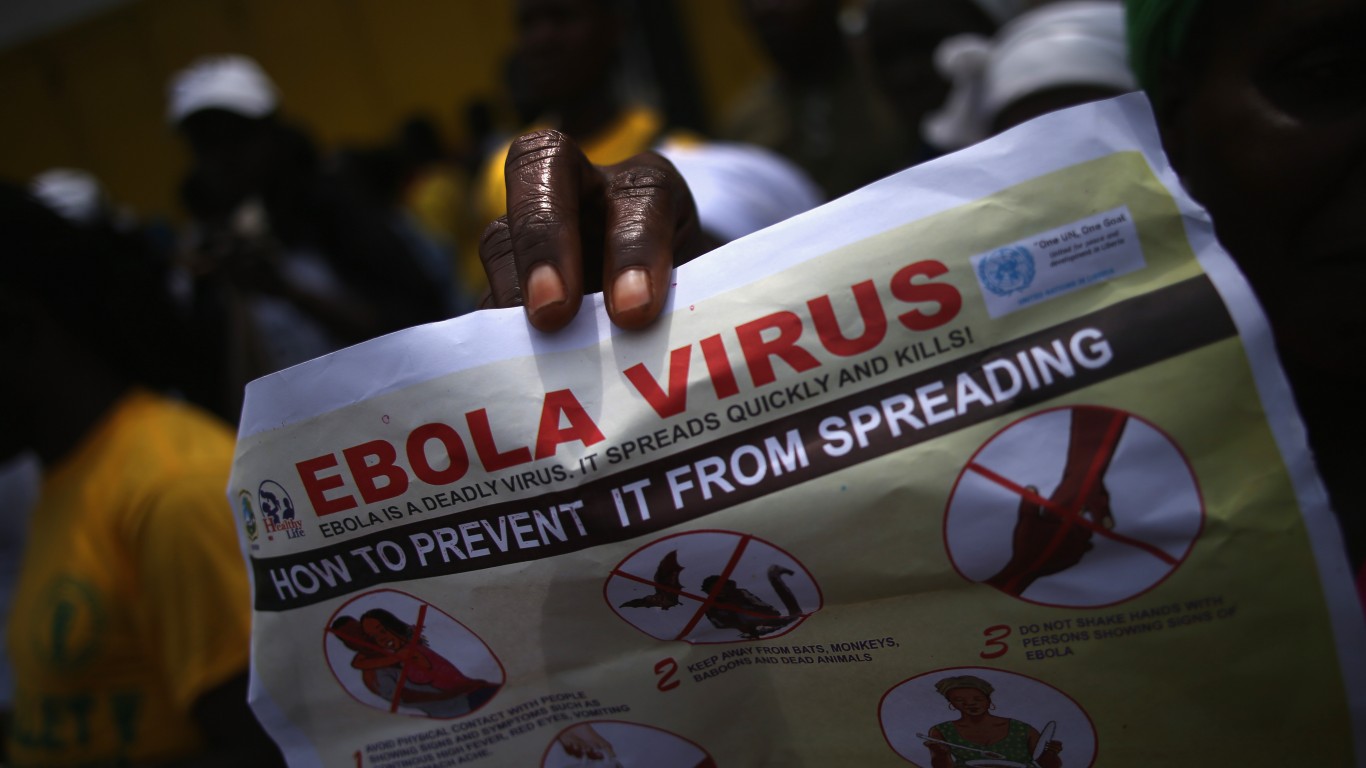
Ebola has killed more than 15,000 people since the first outbreak in 1976. It first appeared in the Democratic Republic of the Congo and South Sudan. A large outbreak from 2014-2016 killed more than 11,000 people, and 2,000 people were killed most recently in a large outbreak in 2018-2020.
The virus must jump from animal to human to spread, and experts believe the consumption of bats, monkeys, and apes may have led to the initial transmission. Once it’s in a person, it can jump from human to human through contact with bodily fluids. The virus has about a 50% fatality rate, and it spreads rapidly because of a lack of trust in the healthcare system in Africans. It’s also hard to trace the disease through areas where there are no addresses or phone numbers, and many fear health officials.
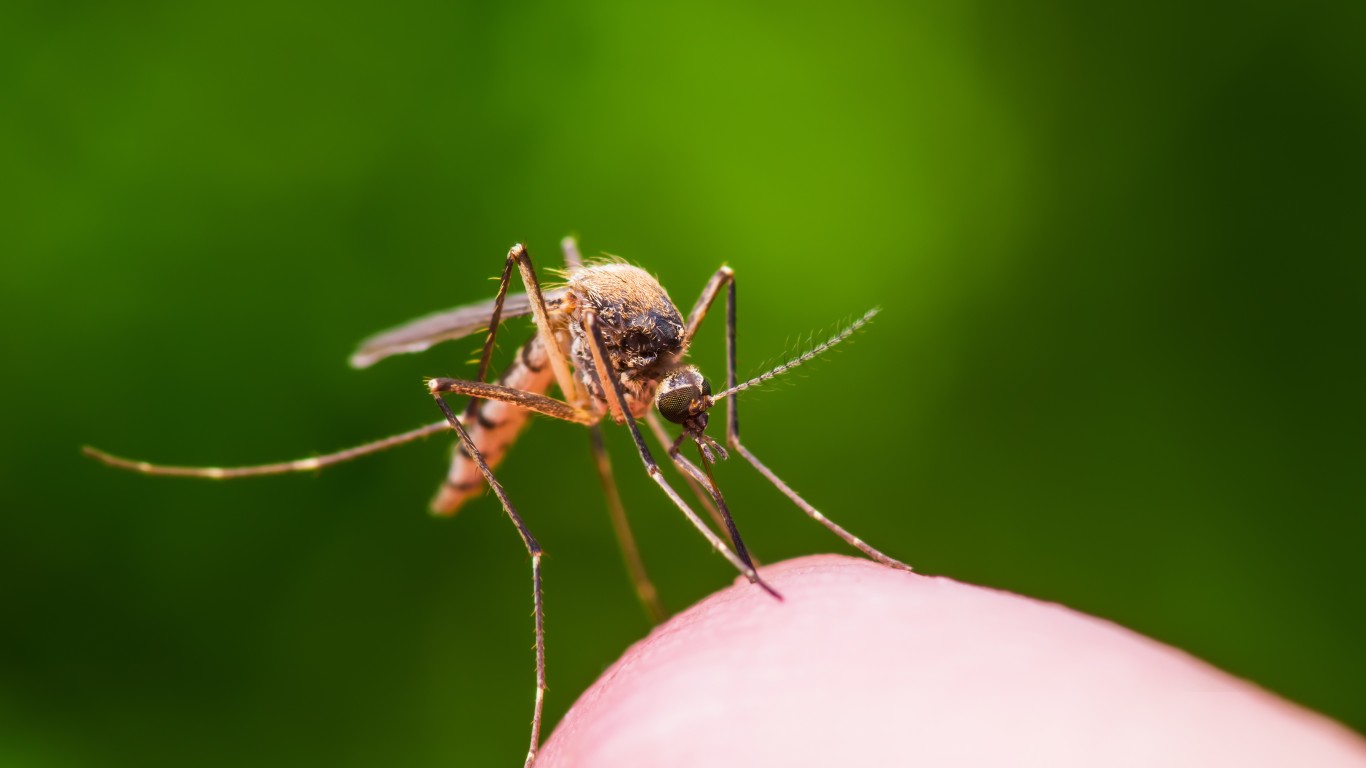
Malaria has killed almost 600,000 people in 83 countries and affected more than 263 million people. Children under five make up 76% of the deaths from malaria, even though the disease is preventable and curable. It’s usually spread by mosquitoes in tropical countries and is one of the largest health crises the world faces. Antimalarial drugs, mosquito control, vaccines, and insecticide-treated nets are all ways that experts recommend to fight malaria, but many in developing countries simply don’t have access to them.
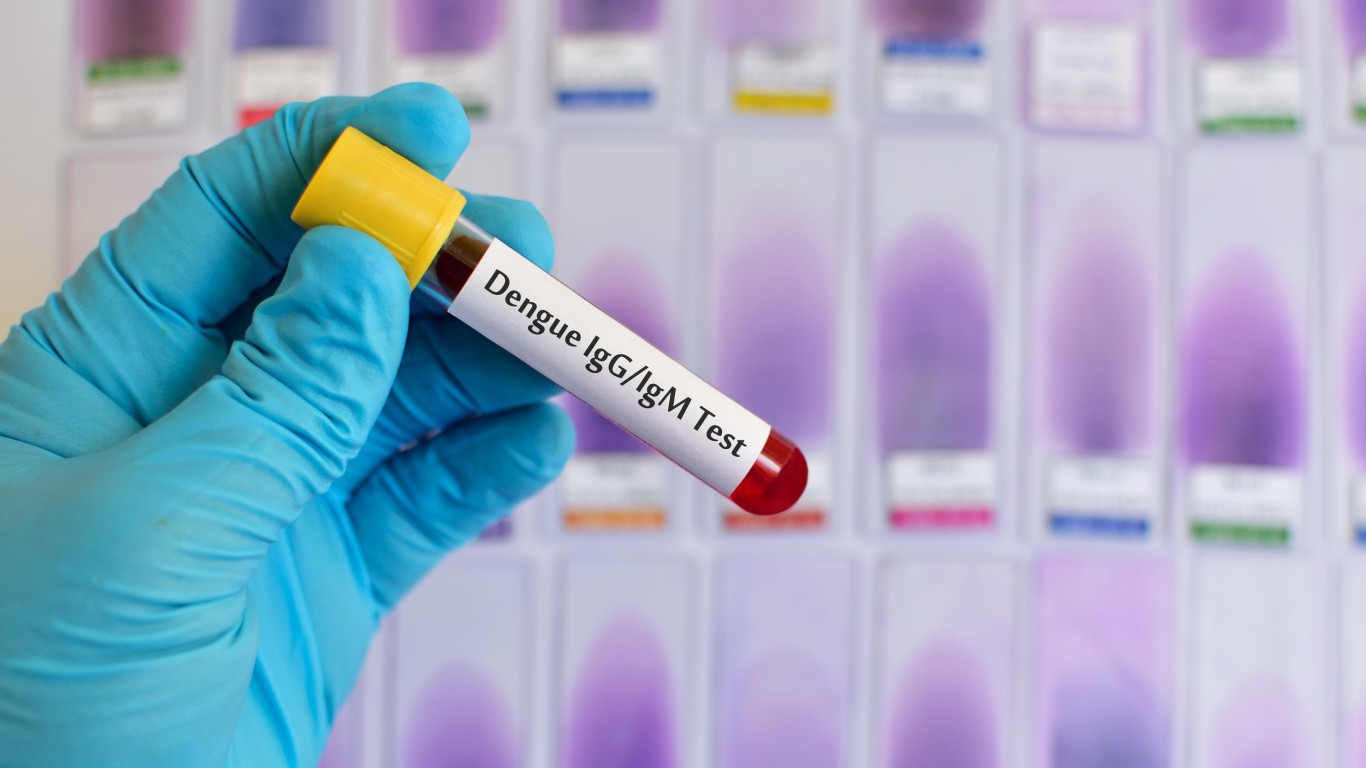
In 2023, there was a large spike in dengue cases in 80 countries, with 7,300 dengue-related deaths and 6.5 million cases. Dengue is another virus spread by mosquitoes and is a problem in subtropical and tropical areas in the world. There is no human-to-human transmission of dengue fever, meaning it’s not contagious. Most cases of dengue are mild and people recover on their own, but supportive care in the form of rest, pain relief, fluids, and blood transfusions may be used to treat it. There is a vaccine for dengue fever, and experts recommend mosquito control and personal protection when in high-risk areas to prevent infestation.
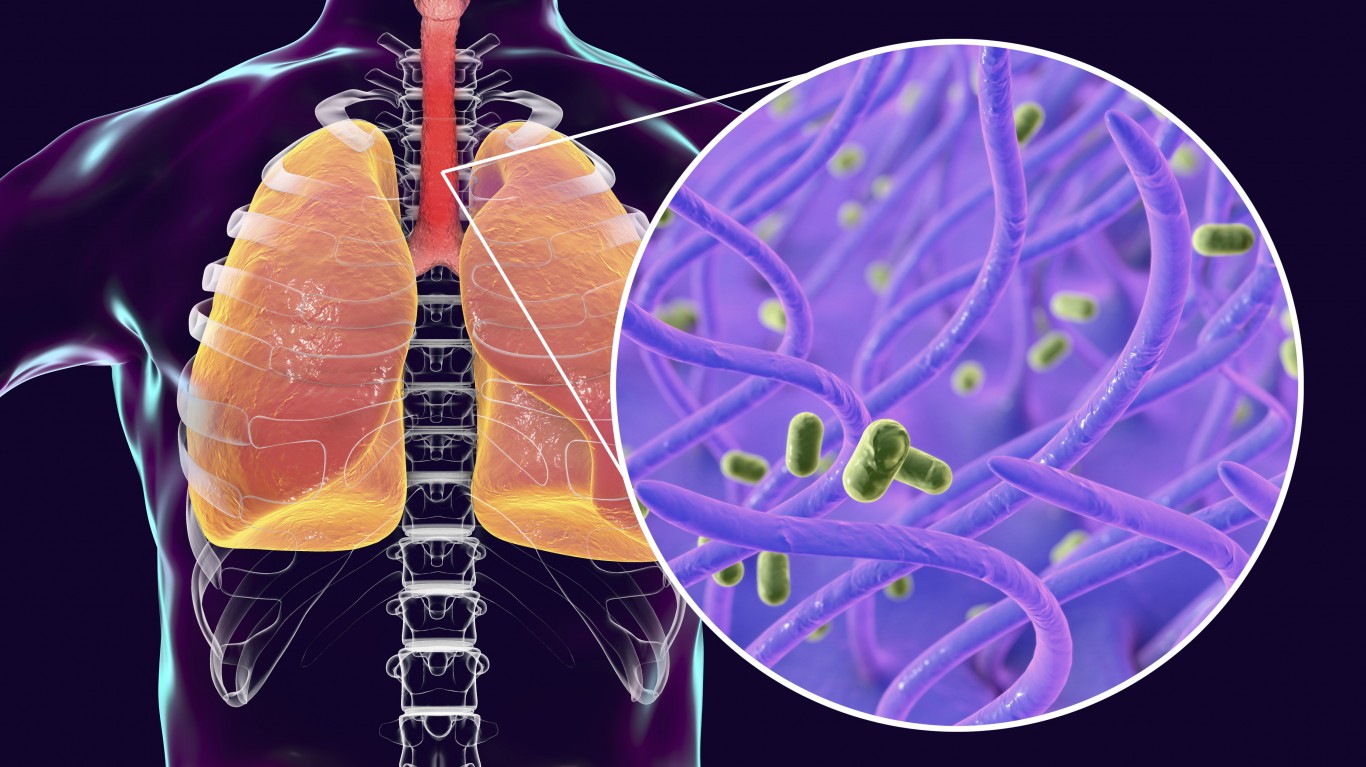
Whooping cough, also known as pertussis, is a highly contagious, serious infection. Those who have it may have a hard time sleeping, breathing, or eating because of severe coughing spells. It can lead to pneumonia, cracked ribs, and hospitalization. Whooping cough was prevalent in the 1940s before the vaccine was developed. During that time, over 200,000 children got sick every year.
In 2024, more cases of pertussis were reported across the United States, likely because of a fear of vaccines. This is more than six times the number of cases reported just a year prior. As cases of pertussis are at risk, and newborns and the elderly are severely at risk, experts recommend vaccines as the best way to prevent them. Over time, they fear that both the vaccinated and unvaccinated are at risk.
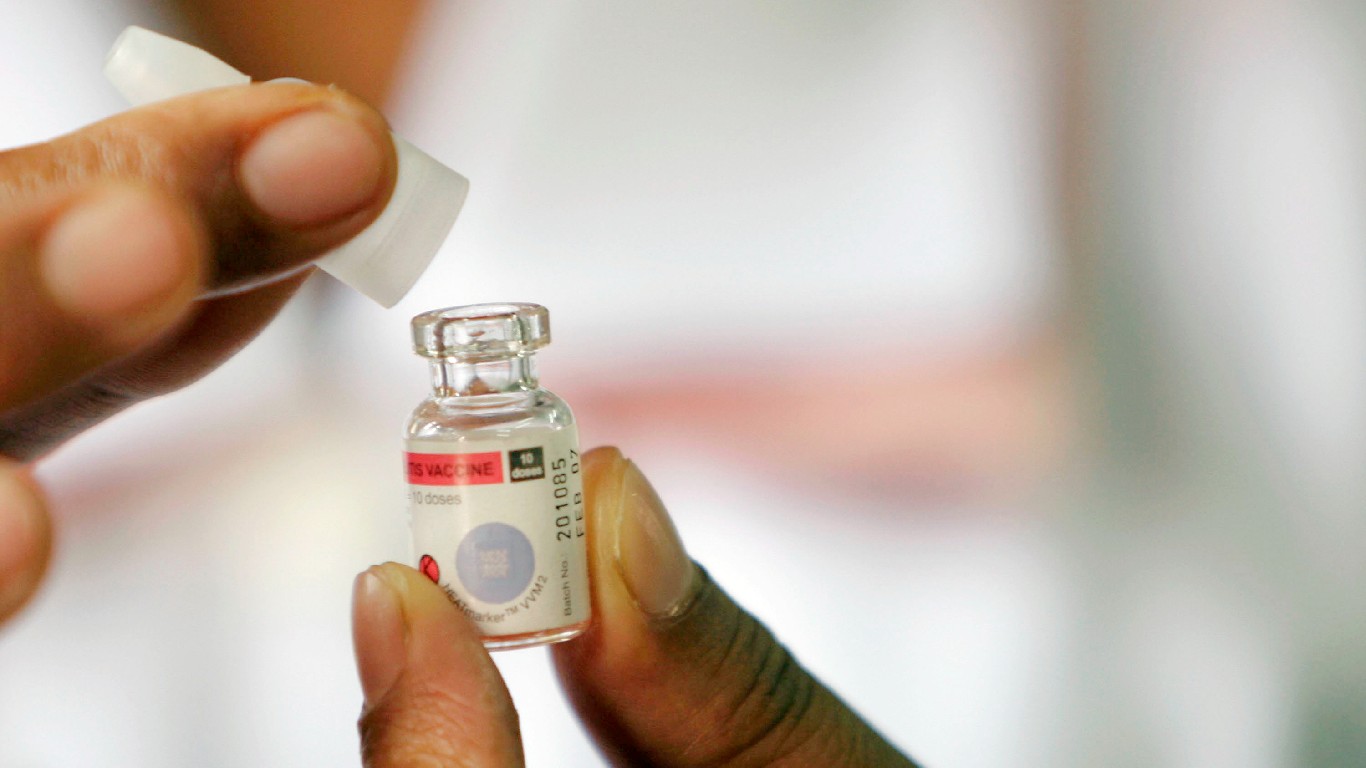
Early in the 20th century, polio was the most feared disease in the world. The worst recorded outbreak in United States history was in 1952 and killed more than 3,000 people. A smaller outbreak decades earlier led to the death of more than 2,000 people. Polio attacks young children and their nervous system. This can lead to respiratory and spinal paralysis and, in many cases, death. Before a vaccine was developed, those who survived the disease ended up with deformed limbs, breathing devices like the iron lung, and a respirator.
The vaccine was available to the masses in 1953 and was invented by Jonas Salk, who tested it first on his family. Salk didn’t make any money from the vaccine, as he was committed to the greater good. In just a few years, the occurrence of polio had dropped significantly to only about 161 cases in 1961.

Measles is highly contagious and despite the presence of a vaccine, still killed more than 107,000 people in 2023. Between 2000 and 2023, experts believe the vaccine saved more than 60 million people, but as public trust in vaccines erods, new breakouts pop up. It’s most common in Asia, the Middle East, and Africa, and places with poor health services or infrastructure.
In 2024 alone, there were three measles outbreaks (meaning there were three or more related cases) throughout the country. During the year, 284 cases were counted in 32 different places. Most cases were found in children under five, while 89% of those affected were either unvaccinated or the status was unknown.
Retirement planning doesn’t have to feel overwhelming. The key is finding expert guidance—and SmartAsset’s simple quiz makes it easier than ever for you to connect with a vetted financial advisor.
Here’s how it works:
Why wait? Start building the retirement you’ve always dreamed of. Click here to get started today!
Thank you for reading! Have some feedback for us?
Contact the 24/7 Wall St. editorial team.